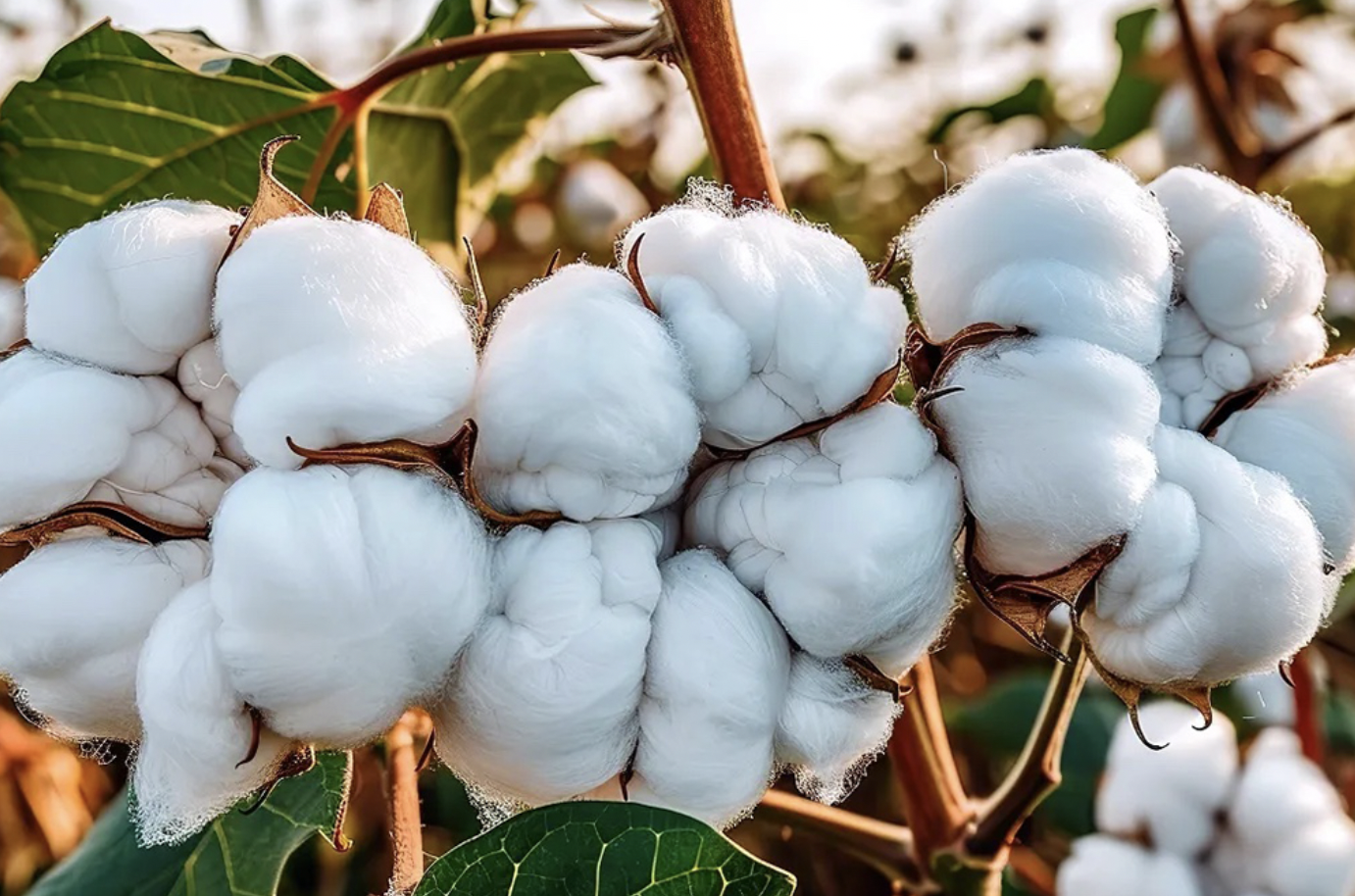Cotton prices on the Intercontinental Exchange (ICE) remained steady recently, reflecting a balance in the market as external factors, such as falling crude oil prices and a strengthening dollar, exert their influence. The stabilization comes after a period of volatility, as traders assess the implications of these economic shifts on the cotton sector.
Crude oil prices, which have seen a decline, typically impact transportation and production costs for agricultural commodities, including cotton. This reduction may alleviate some financial pressures on growers and processors, contributing to a steadier price environment.
Meanwhile, the dollar’s strength can affect export competitiveness for U.S. cotton, making it more expensive for foreign buyers. However, the current stability in cotton prices suggests that market participants are adapting to these changes and finding a new equilibrium.
As the cotton market navigates these dynamics, analysts are keeping a close eye on global demand trends, weather conditions, and crop yields. With harvest season approaching, any shifts in supply could further influence pricing and market sentiment.
Overall, while external factors are at play, the resilience shown in ICE cotton prices indicates a cautious optimism among traders as they prepare for the upcoming months. Stakeholders in the cotton industry are encouraged to remain attentive to both domestic and international developments that could impact the market landscape.
Crude oil prices, which have seen a decline, typically impact transportation and production costs for agricultural commodities, including cotton. This reduction may alleviate some financial pressures on growers and processors, contributing to a steadier price environment.
Meanwhile, the dollar’s strength can affect export competitiveness for U.S. cotton, making it more expensive for foreign buyers. However, the current stability in cotton prices suggests that market participants are adapting to these changes and finding a new equilibrium.
As the cotton market navigates these dynamics, analysts are keeping a close eye on global demand trends, weather conditions, and crop yields. With harvest season approaching, any shifts in supply could further influence pricing and market sentiment.
Overall, while external factors are at play, the resilience shown in ICE cotton prices indicates a cautious optimism among traders as they prepare for the upcoming months. Stakeholders in the cotton industry are encouraged to remain attentive to both domestic and international developments that could impact the market landscape.
